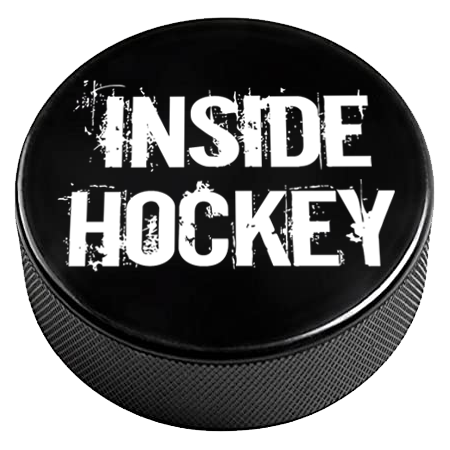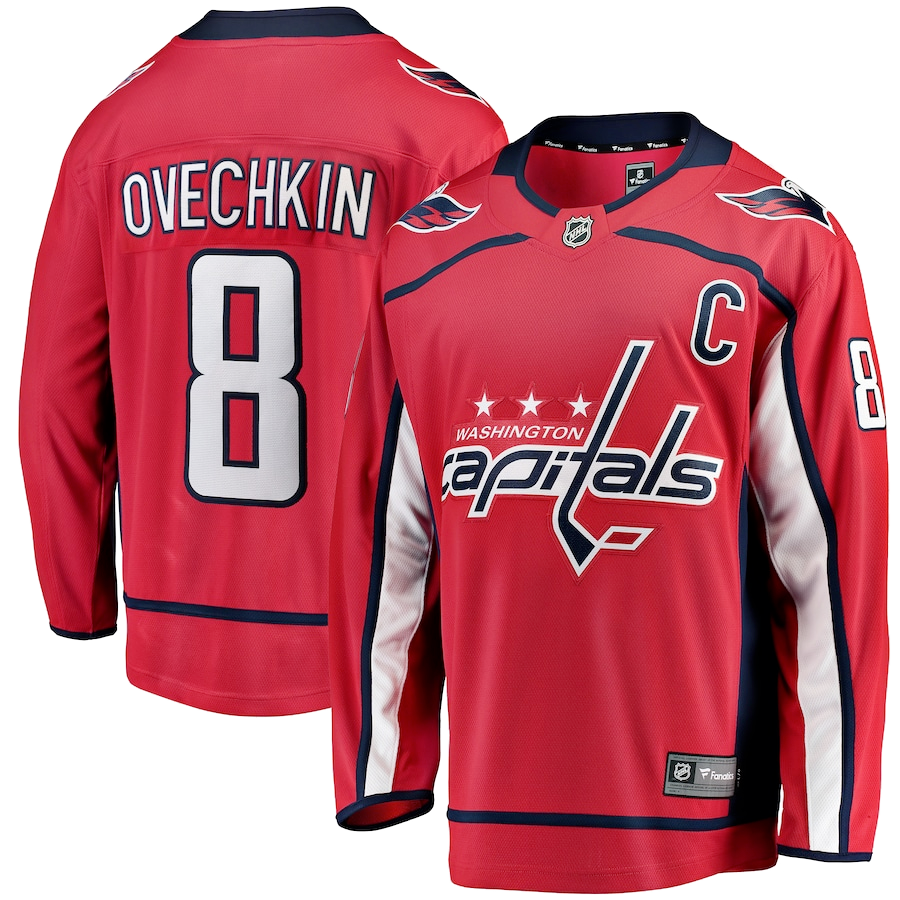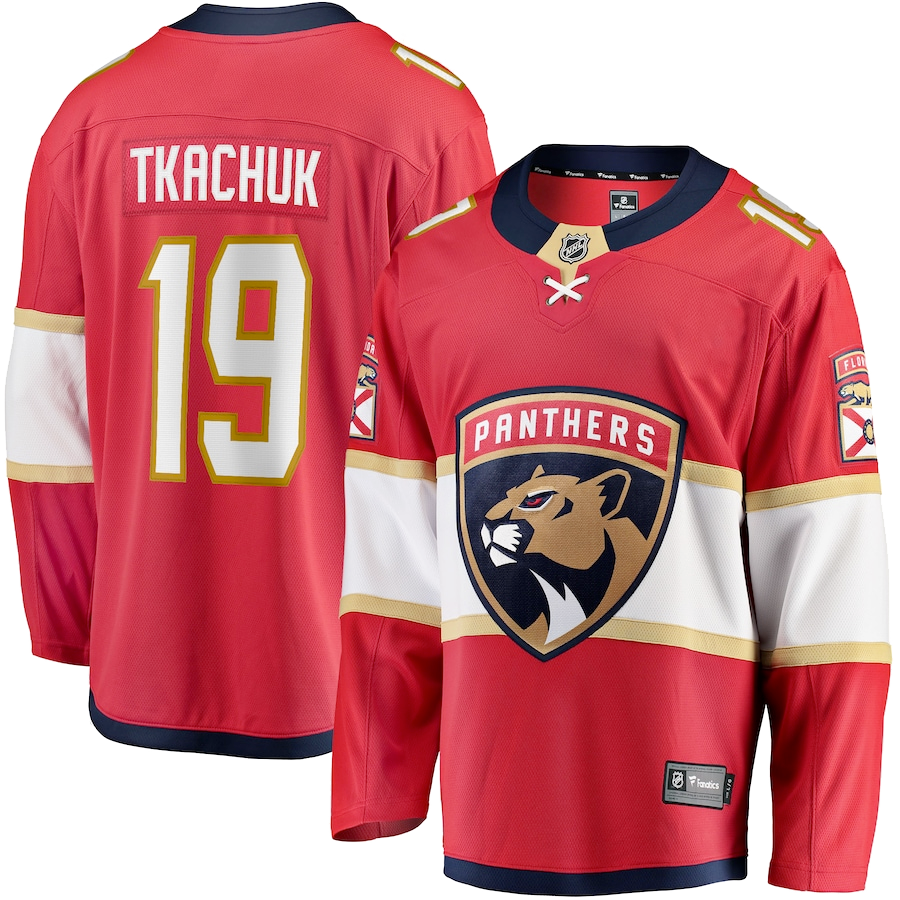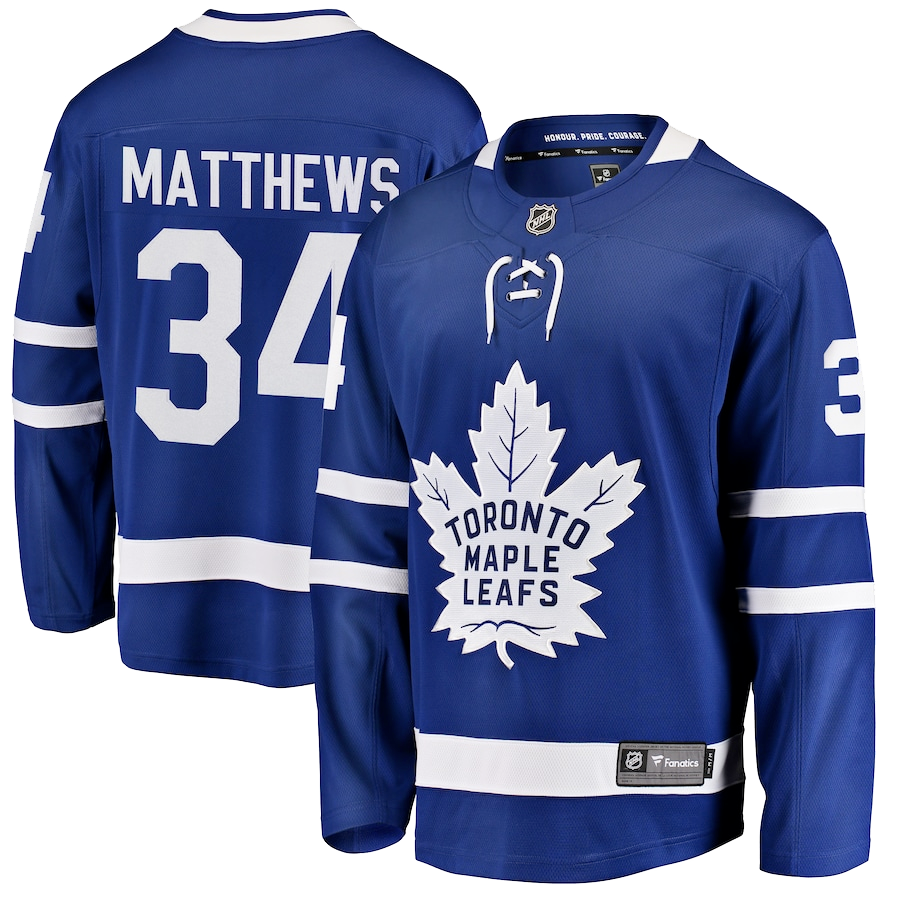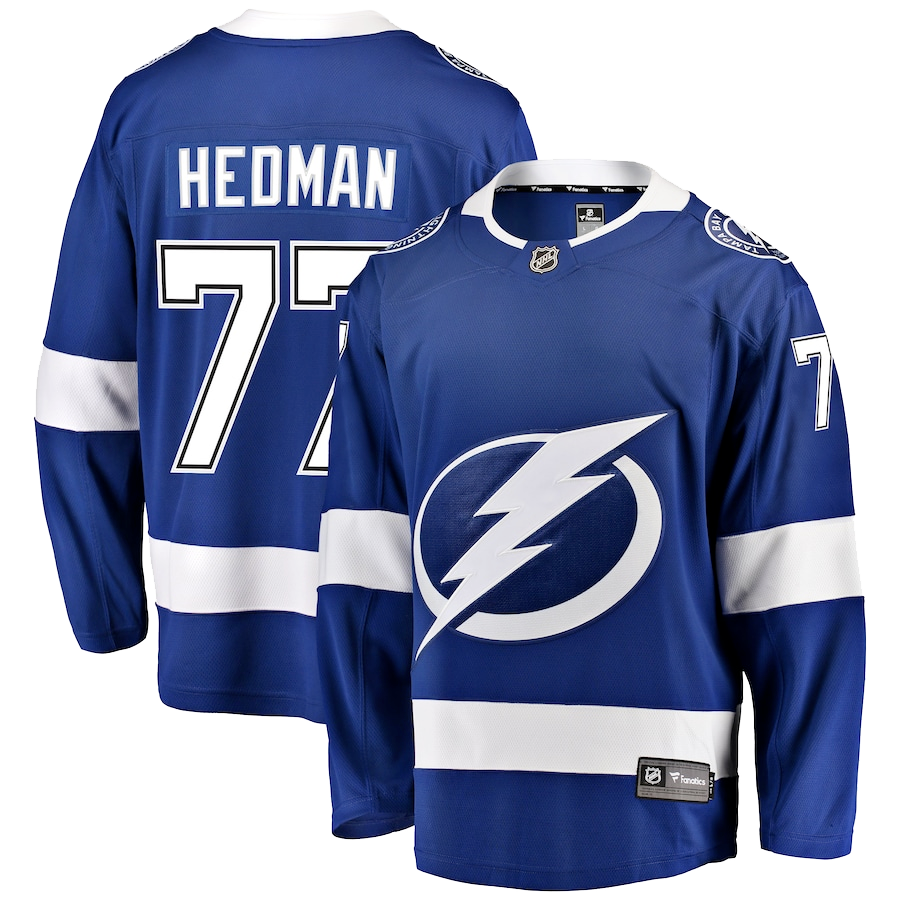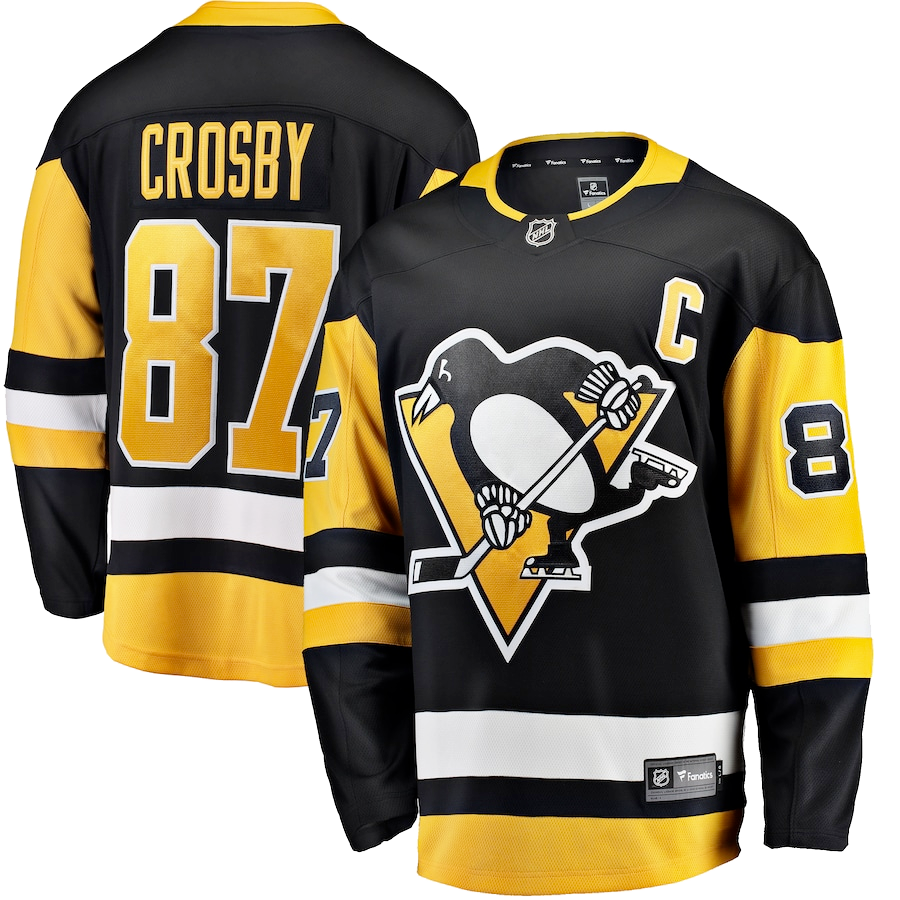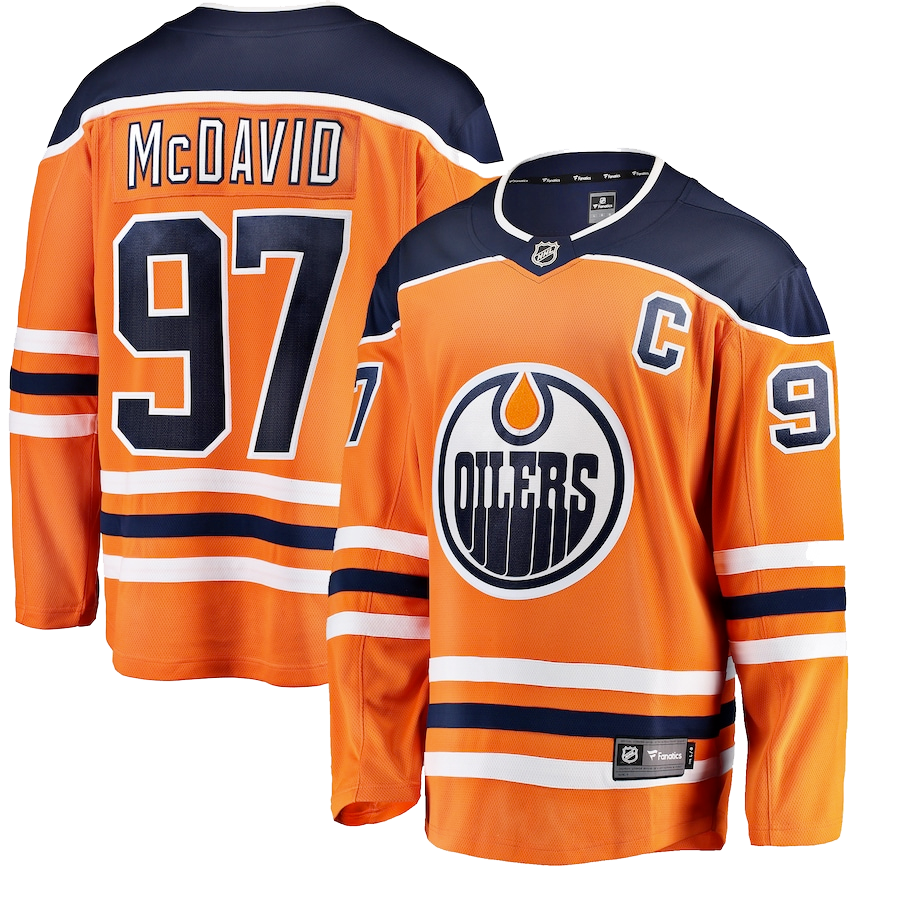Retro Rangers: Reminiscing with Steve Baker
Steve Baker seemed destined to be the Rangers goaltender of the future after going undefeated in nine of his first ten starts in his NHL debut. Destiny had other plans however as Steve’s career was derailed by a devastating groin injury from which he never fully recovered.
Baker grew up in the Boston area and was primarily interested in baseball until the Bruins began winning Stanley Cups and dominating the league. With that, more rinks began popping up and the youngster’s interest shifted to hockey.
Steve Baker: “I was quite an accomplished catcher and I had two older brothers who frankly needed a target. They were playing hockey at that time and I got elected. I used to put on a lot of the catchers gear and stand in front of the garage doors while my brothers shot pucks at me. When we told people how to find our house all we had to do was tell them to look for the garage doors with the holes in them – that was the Baker home. I started skating when I was about five or six and really started getting into organized youth hockey at about eight. I decided that I wanted to pursue a professional career probably when I was a junior or senior in high school.”
Baker then went on to play at Union College in Schenectady, New York under the tutelage of Ned Harkness who was in the process of starting a hockey program at the school.
Steve Baker: “Playing for Ned Harkness was probably one of the greatest experiences of my life. He was a mentor; in fact I was there with him when he was in hospice care in Rochester, NY towards the end. I was able to get up to see him. I was glad I was able to spend some time with him before he ultimately passed. He was the kind of gentleman that touched your life in so many ways and shaped and molded me in so many ways. He really prepared me for the pro environment and gave me that encouragement that I could in fact realize the dream that I had. And bringing along Ken Dryden and other successful goaltenders during his years at Cornel and RPI, I just thought he was the right guy for me.
I was actually making tracks for St. Lawrence University and he kind of caught me midstream. I was just getting ready to sign my letter of intent but they were just starting a brand-new program at Union College, I had no idea what Union College was. But once you meet a guy like Ned Harkness and he starts to shape and mold the vision that he had for the program with an all freshman varsity, which had never been done before, in a brand-new facility, a brand-new rink at a great school academically it was a no-brainer for me to say yes.”
Steve compiled an impressive 27-5-1 record with a 3.28 GAA in three seasons with the Skating Dutchmen. However in Steve’s junior year, Harkness resigned abruptly over allegations that he had violated NCAA recruiting rules and, in a show of solidarity with their coach, the entire varsity squad refused to play the remainder of their schedule.
Baker was then sent to the Toledo Goaldiggers of the IHL where he remained for a month during the blizzard of 1978 before being brought to New Haven. He was drafted by both the Rangers (3rd round, 44th overall) and the Birmingham Bulls (5th round, 40th overall) of the WHA.
Steve Baker: “The Bulls drafted me in the fifth round the same year I was drafted by the Rangers in the third round. Bill Jennings was President of the Rangers and his daughter Priscilla was a freshman at Union College when I arrived on campus in the fall of 1975. I think maybe Mr. Jennings was getting some reports from Priscilla because she knew a lot about hockey, having been around it her whole life.
But I believe that Birmingham ended up selling my rights to the New England Whalers because the Bulls had signed Pat Riggin. So they brought Pat in pretty much from juniors. He was a pretty good goaltender and he had a nice career, but it made me kind of expendable. Actually my first pro training camp was with the New England Whalers when they had the likes of Gordie Howe, Mark and Marty Howe, Davey Keon, Johnny “Pie” McKenzie, Gordie Roberts, Jack McIlhargey, any number of great guys and talents.
I remember Gordie taking myself and another former Union College guy Pete Crawford [Marc’s brother] to his Connecticut home for lunch. I remember his wife Colleen made us grilled cheese and tomato sandwiches. We had a little tomato soup and he walked us around his home. He had an indoor pool and he showed us his Stanley Cup and Avco Cup trophies on his mantle. It was just an experience that I’ll never forget. It just shows the kind of guy he was that he did that kind of stuff.”
Baker made his Rangers debut at the age of 22 on November 28, 1979 in a 4-4 tie with Minnesota at the Garden. He then went on to lose only one of his next nine starts.
Steve Baker: “I had a good start. I had a good training camp. I had gotten married that summer and came to camp in good shape, mentally healthy and ready to go.
That was Freddie Shero’s second year. We had camp down in Richmond, Virginia. I remember Danny Summers the chief scout telling me ‘Steve we know what you’ve done here, just go down to New Haven, play well and you’re gonna get your shot.’ Ultimately it came a little unexpectedly. I mean I had gone down and I was playing very well. I think my record was 8-1 or something like that and the Rangers were struggling a little bit and the call came down and as luck would have it I wasn’t feeling well. I had a pretty bad head cold and a little bit of a fever but when you get that phone call, man you start to feel good in a hurry. My wife is Italian, so she started feeding me the homemade chicken soup and it kind of cleared me up a little bit and I took the ride down to Rye for practice. I remember that next day, you know sometimes when you’re not feeling well sometimes you just don’t have the legs out there and so I felt a little leg heavy. But the night of the game I was excited as could be. I knew that most of my family was flying in from Boston on the shuttle and whatever tickets I could get I gave to them. Beyond that I think they just got scalpers out front.
I do remember that Minnesota scored late, we were up 4-3. It was kind of a fluke goal. I think the puck got thrown from down low to up high on the point and a guy let a slap shot go through a lot of traffic. But the puck was coming at me end-over-end and wound up hitting somebody and bounced another way. Next thing you know it hit somebody else and jumped over my shoulder and into the net. So it was kind of a fluke but at least I got out with a point back in those days.
We left that night to go to Buffalo to play the Sabres the next night, so you had Gilbert Perreault and the French Connection coming at you. And I think we ended up losing 2-1 on a power play goal late in the game. But then in my third game I got my first NHL win, a 2-0 shutout with 38 saves in St. Louis. That was pretty exciting.
I started out great but then of course JD [John Davidson] had been the number one guy and took them to the finals the year before. So everybody was kind of waiting on him to get his health back and he worked hard doing that and when he came back he kind of took on more of a superior role in terms of the amount of game time and so forth and I was spotted a little bit more. But it was a great experience and I wouldn’t have given it up for the world.”
With five goaltenders on the Rangers’ roster at the beginning of the 1980-81 season, Steve started the year in New Haven. Ultimately when given the opportunity he helped lead the Blueshirts to the semi-finals of the Stanley Cup playoffs.
Steve Baker: “That was another thrill of a lifetime. We still had a lot of goaltenders under contract and I was still the young guy coming up. I was on a ‘two way’ contract at that time so it was just a business decision. The club showcased some of the other goaltenders pursuing a potential trade. So I went down and was there for a while and then they ended up bringing me back up. Craig Patrick had taken over as the Coach and GM and he came in and said ‘Bakes you’re going to be the guy. You’re going to carry the load here for the rest of the year’. He gave me the opportunity to play pretty much every game.
JD had gone down with injuries by then, I think Wayne Thomas had moved into a coaching role and Dougie Soetaert was sent down. So they brought Stevie Weeks up to back me up and he got into one game. I think it was the last game of the season and he played great against the Islanders but I played all the other games down the stretch.
I remember we finished in 14th place out of 21 teams and 16 teams made the playoffs. So we just squeezed in and we eliminated the number five team, the Kings with the Triple Crown Line, Marcel Dionne, Charlie Simmer and Dave Taylor. And certainly pushing past St. Louis, the number two team overall, in a six game series. Mike Liut was an excellent goaltender out of Bowling Green and they had Bernie Federko and Wayne Babych and they were a really good hockey club. I think they lost out on the Presidents Trophy in the last game of the season to the Islanders.
So there we were the 14th place team standing in the semifinals against the Islanders who were the defending Stanley Cup champions. And they were in the midst of their second of four Stanley Cups. They were an absolute machine. Physically I wasn’t in great shape at that time. I was having some back spasm issues. I wish that I could have played a little bit better but it is what it is. A lot of teams got beat by the Islanders four-love. We got a lot further then a lot of people anticipated that we were going to get.”
At 6-foot-3 and 200 pounds, Steve was big for a goaltender at that time but he considered his size as well as his agility and glove hand to be his biggest assets.
Steve Baker: “Because I played a lot of baseball I thought I had a great glove hand. I used to call my glove hand my bread-and-butter. Because you can control the play with your glove hand. If you decide to put the puck back in play you can do that or you can cover it up and stop play. I felt I had very good quickness and agility for a good-sized guy. It’s not unusual today because they want most of today’s goalers six feet and up. They’re all big bodies, big men and very athletic and quick. I think I fit that mold back then maybe a little ahead of my time. With the quickness and the ability to go up and down off the knees and play that butterfly style, use my feet, drop the paddle and find pucks through traffic.
I remember JD always saying to me ‘up and out’ even in practice he used to say if you’re struggling a little bit and that puck is starting to look like a BB coming at you as opposed to a softball just move out a little further and the pucks are going to start hitting you.
When you get in there, you kind of do it your way. But I absolutely loved Tony Esposito’s style. I was fortunate enough to actually play on Team USA in the Canada Cup and Tony and I were the two goaltenders so we were partners on the team and I got to know him on a personal level. My wife Rosemary and I got to hang out with him and his wife Marilyn. We went to some concerts together and had a great time. Tony was just a wonderful person as was Phil who was my teammate of course in New York. Can you imagine a kid growing up in Boston watching Espo and Orr and all those great Bruins and then in my first game with the Rangers I show up and I’m sitting between Phil Esposito and Carol Vadnais as a rookie? It was pretty thrilling.
And of course there were pieces of Ken Dryden’s game in there too, you know laying that paddle flat on the ice with the big body trying to stay upright, hunting for pucks, kind of half spread eagle if you will. I would say that I modeled myself after those two guys. But as you play you obviously study and you try to pick up other things. Eddie Giacomin was brought in when I was a young Ranger specifically to work with me handling the puck and with exchanges with the defensemen. When you’re a young kid you need to work on things like that and Eddie was great with that. Certain things like the ‘diving poke check’, Dougie Soetaert was great at teaching me that.”
Unfortunately Steve was plagued by injuries throughout his career, the most serious was a torn groin that happened on October 31st 1981 in the Boston Garden.
Steve Baker: “That’s the biggest regret I have about my career. Honestly I made the mistake of trying to play with a slightly pulled groin, not a smart move for any athlete but certainly not a goaltender. I was a little tired. We went from that long season in the playoffs to going right into off-season training and then I joined Team USA for the Canada Cup. They had us out in Minnesota training in the Met Center for about a month and then once that was over I had to jump right into training camp with the Rangers.
That year Herb Brooks decided that he wanted to go play in a tournament over in Sweden, so I had a go to Sweden and then back to the US. And Herbie had some different ideas about the way he wanted the team to play and we really struggled in the beginning of the year. We had half the guys playing that up-and-down your lane hockey style and we had half the guys trying to play Herbie’s bob-and-weave possession game and intrinsically what happens is when things start to go bad you go back to what you know and so even less guys were doing what Herbie wanted us to do. It took us half a year for that team to figure out that system. But when they did they really turned it on. Remember we had the Smurfs and we really did well in the playoffs
But we struggled at the beginning of the year. I got off to a bad start and the team got off to a terrible start. I remember playing against Gretzky’s Oiler’s on a Wednesday night if memory serves me correctly and my groin was bothering me a little bit before the game but I played the game. I think we lost 5-3 and after the game my groin was tightening up pretty good. The next day we had a practice and I took it really easy and got heat packs on it to keep it warm. We shuttled into Boston and it was Halloween night and I think it was halfway through the second period and young Tom Fergus came in and let a wrist shot go to my right side and I did a split kick and all I know is it felt like I had a horse tied to my left leg and my right leg was tied to a wall, like they were pulling me apart. And my groin exploded, just literally exploded, Worst pain I ever had in my life.
Back then we had a doctor on call for the team. Your trainers weren’t medical guys; they’d sharpen skates and made sure your gear was okay. It wasn’t like it is today, but of course we weren’t making the kind of money these kids are today. But they put me on the injured reserve list and basically said ‘tell us when you’re ready to play again’. I’ll tell you, it was a tough, arduous task to rehabilitate a torn groin. I pushed myself and I came back too early. They sent me down to Springfield to get some games in but I was still having that nightmarish mindset that if I kicked this way this thing was going to rip on me again. I gave it my best. I don’t know if maybe I got blackballed ‘this guy’s got a severe injury’ whether that kept me from being able to find my way back into the league again?
But when we ended up winning the Calder Cup with the Maine Mariners of the AHL in 1984 and we had a bunch of guys on the team who were older and had been around the league a little bit, we made kind of a pledge to ourselves, ‘Hey look let’s try to win this thing because it might be the last year for a bunch of us.’ Garry Howatt was our Captain and Grant Mulvey was on that team. So we won the thing! It was in Rochester against the Amerks and I remember walking across the ice, this was when payphones were still around and I called my wife and I said, ‘you know what honey it isn’t the Stanley Cup’, though I was fortunate enough to have a chance to compete for it, ‘but it is a championship trophy and I get a ring and I think I’ve decided to move on, go back and get my education and settle things down for you and the kids’.”
Steve retired at the end of the 1984 season at the age of 27, finishing his Ranger career with a 20-20-11 record in 57 games with three shutouts and a 3.70 GAA. In 14 playoff games Baker posted a 7-7 record with a 4.00 GAA,
Not surprisingly Steve’s iconic Empire State Building mask is still a favorite with fans more than thirty years after his retirement.
Steve Baker: “That was a Greg Harrison mask out of Toronto and I can’t claim any credit other than wanting it in Ranger red, white and blue. But he was the one who came up with the concept of the Empire State building in the front of the face with the star at the top and a star on each cheek. I remember when they had the Olympics in Calgary the NHL wanted to put on an exposition of all the NHL masks and Greg called me up and asked if he could loan the mask to the NHL. The league loved the exhibit so much that they said they’d like to do one in the Hall of Fame. So Greg said do you mind if we send it up to the Hall of Fame, and I said no not at all. People can enjoy it and someday maybe my family can get up there and enjoy it and say ‘hey dad played a little bit!’ ”
Upon his retirement, Steve returned to Union College to complete his education, earning a B.A. in Economics. He then spent 25 years as an executive in the Broadcast and Regional Sports Network industry. He currently resides in Texas where he is an advisor and broker of precious metals. Steve was also inducted into the Union College Hall of Fame in 2007.
Although Steve’s Ranger career was relatively brief, he still has many fond memories of his time in New York.
Steve Baker: “Playing on the Garden’s big stage provided one of my life’s greatest moments. It was an honor and privilege to wear Ranger Blue and play in front of the league’s best fans. They were very kind to me. I will always be grateful for this world class experience.”
